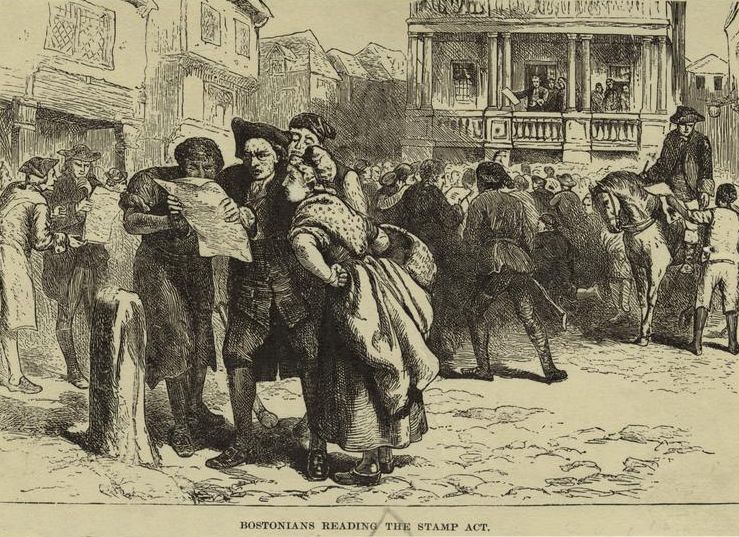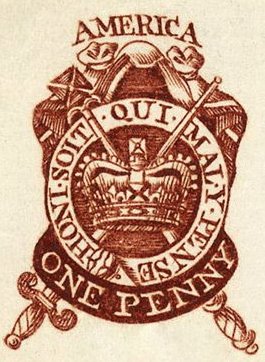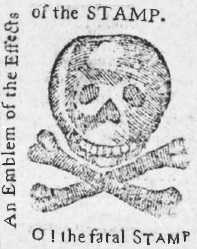
Reading resources
© Reading-SocialStudiesSolutions
Text Credits:
Colonial Massachusetts, S. E. Dawes, Silver Burdett & Company, 1899, Library of Congress;
http://archive.org/stream/colonialmassachu00dawe#page/n0/mode/2up;
The French War and the Revolution; Sloan, William Milligan; Charles Scribner’s Sons, 1893, 1754-1763;
Young Folks’ History of America, Hezekiah Butterworth, 1895, The Werner Company;
http://archive.org/details/youngfolkshistor00but;
French and Indian War-
http://www.ushistory.org/us/8b.asp;
Stamp Act Resolutions-
http://www.historyplace.com/unitedstates/revolution/stamp-res.htm;
Stamp Act Riots (Notes about Andrew Oliver)-
http://www.pbs.org/ktca/liberty/popup_stampact.html (No one was ever tarred or feathered because of the Stamp Act, but the threats and pressure had a very strong effect.)
James Otis suggestion to hold a Stamp Act Congress in notes-
https://www.ushistory.org/us/10a.asp
Image Credits:
Bostonians Reading Stamp Act by New York Public Library- Wikimedia Commons;
1765 One-penny Stamp- Wikimedia Commons;
Tarring and feathering threats on John Malcolm by Bostonians - Mezzotint attributed to Philip Dawe through Library of Congress- Wikimedia Commons;
Skull and bones stamp - The effects by Pennsylvania Journal and the New York Public Library- Wikimedia Commons
Text Readability:
ATOS- 5.8
Flesch-Kinkade- 5.39
SMOG- 8.58
Notes:
In Massachusetts, rioters ransacked the home of the newly appointed stamp commissioner, Andrew Oliver. He resigned the position the next day.
Threatening or attacking the crown-appointed office holders became a popular tactic against the act throughout the colonies. Though no stamp commissioner was actually tarred and feathered, this Medieval brutality was a popular form of 18th century mob violence in Great Britain, particularly against tax collectors.
Tarring and feathering dated back to the days of the Crusades and King Richard the Lionhearted. It began to appear in New England seaports in the 1760s and was most often used by patriot mobs against loyalists. Tar was readily available in shipyards and feathers came from any handy pillow. Though the cruelty invariably stopped short of murder, the tar needed to be burning hot for application.
*James Otis, from Massachusetts, suggested a conference to talk about what to do. It came about as the Stamp Act Congress. The Stamp Act Congress met in New York in October 1765. Representatives from nine of the colonies attended. They wrote the Stamp Act Resolves.
By November 1, 1765, the day the Stamp Act was to officially go into effect, there was not a single stamp commissioner left in the colonies to collect the tax.



